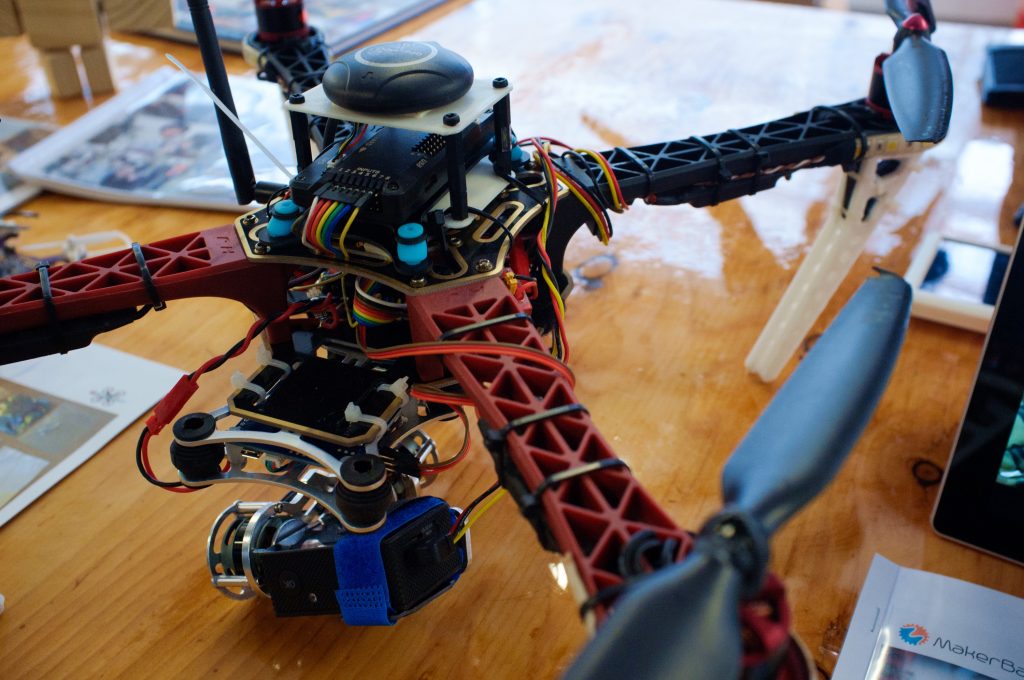Welcome to a BetaKit weekly series designed to help startups and entrepreneurs. Each week, investors Roger Chabra and Katherine Hague tackle the tough questions facing founders today. Have a question you would like answered? Tweet them with the #askaninvestor hashtag, or email them here.
There are many similarities between how an investor evaluate hardware investments versus software investments. Is it the right team? Is there market demand? Does the company have traction? But there are also some ways in which raising money as a hardware company can be different to raising as a software company. Unfortunately, most of these differences make raising money for hardware companies harder than raising as a software company.
Let’s take a look at the top three things that make hardware investments different in the mind of an investor, and how you can make your startup stand out above the rest.
Recurring revenue
One of the biggest concerns investors tend to express about investments in hardware companies is that they are more prone to one-time revenue business models than software companies. For many hardware startups, the company’s largest (if not only) source of revenue comes when the initial product is sold. Software companies, however, generally have subscription revenue streams that make the company more valuable over time.
In order to separate yourself from the pack as a hardware startup, it is important that you start thinking about ongoing revenue streams from day one. That might take the form of add-on products, a fee per use model, or a subscription to your web app.
Investors are more comfortable with founders with a track record for building and shipping a physical product.
Platforms like Kickstarter generally don’t set you up for success when it comes to ongoing revenue stream. You can’t sell subscription services or keep the credit card information of your buyers. Hosting your own pre-sales so that you can keep the credit cards of your early customers on file can make the transition to an ongoing revenue model smoother for customers.
Some hardware companies sell their hardware as a loss leader, treating their recurring revenue as their primary business. Square, for example, gives away its card readers for free and charges an ongoing fee of 2.65% per transaction to use it. Tassimo, which sells for around $80, makes its money on the high margin refill pods which are needed in order to use the product.
Once you have a strong enough ongoing revenue stream as part of your business model, you can actually use your one-time revenue stream to your advantage over software companies rather than a disadvantage. Because your customers have already sunk money into buying your hardware, there is a switching cost to them starting to use a competitive solution.
Ability to pivot
Software companies have the luxury of a quick pivot. They can iterate on their product in real time. Hardware companies don’t have that ability. Once you ship a product, you can’t change it, and product development cycles for new hardware are often longer than a year. In a world where most startups don’t get it right the first time, investors take comfort in the fact that their software investments will generally have a few shots to get it right before they run out of runway. Hardware companies usually get just one shot, and that can scare away a lot of investors.
I’ve also seen many hardware companies have success downplaying this fear by positioning themselves primarily as software companies. To do this, they play a bit of a positioning game. They highlight their software or web app as the primary product, emphasizing the ongoing revenue streams that that brings in. They then downplay the complexity of their hardware, and position it as being just an enabling part of the larger platform. This strategy often helps investors see the company as a software investment, rather than a hardware investment, thus making it more likely that they would invest.
Added complexity
Many VC firms have people with a software background on their team to vet the technical merits and feasibility of potential investments. But few firms have a hardware expert on hand to review hardware deals. Is this possible? How much will it cost? How long will it take? Does this entrepreneur know what they are talking about? Without the ability to answer these questions, many investors will shy away from hardware deals altogether. To make things worse, there are lots of stories floating around about crowdfunding products that never ship, and some investors may have even backed crowdfunding projects themselves that never delivered.
If you plan to crowdfund your product, don’t expect that the money you raise will cover your operating budget.
There are a number of ways that you can give investors with little familiarity with hardware more comfort in your company’s ability to deliver. The best way to prove that you can deliver is to have a working prototype. Ideally, a looks-like-works-like prototype, rather than a hacked together version. This will give investors confidence that your product is actually possible and that you have the know-how to deliver.
Investors are also more comfortable with founders that have a track record for building and successfully shipping a physical product before. If you haven’t done it all yourself, consider adding someone to your founding team that has.
Finally, investors will have added confidence in your product if you are partnered with a trusted hardware incubator or manufacturer. Having these relationships gives potential investors confidence that you have the support you need to ship, even if they can’t provide that help themselves. A few incubators with great track records for shipping products are HWY1, HAX, and Y Combinator. Lab IX, PCH, and Dragon Innovation are also very well-respected in the space.
Bonus Tip: If you plan to crowdfund your product, don’t expect that the money you raise through crowdfunding will cover your operating budget. Even if you have a high margin product, there are usually surprises when you’re manufacturing your first batch. Too many founders underestimate how long it will take to ship their product, or overestimate what their sales will be after their crowdfunding campaign. This can lead to you running out of funds to keep the company going before they ship.
I’d recommend hardware startups raise money before they crowdfund, so that they can cover their overhead while shipping the first batch of products and so that they have the runway to build up new revenue streams post-crowdfunding.
Got a question for the investors? Email them here.



